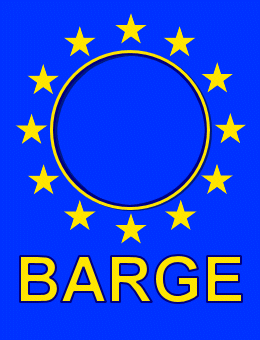About BARGE
BARGE (the Bioaccessibility Research Group of Europe) is a European network bringing together international institutes and research groups to study human bioaccessibility of priority contaminants in soils such as arsenic, lead and cadmium via the gastrointestinal tract.
The correct estimation of bioaccessibility has the potential to impact on current risk assessment practice in a major way. BARGE members are currently involved in comparing and evaluating the many models and systems that have been developed over the years to measure bioaccessibility and contaminant exposure (Oomen et al. 2002). A priority objective is to provide robust and defensible data on bioaccessibility that can be used in human health risk assessment and policy making.
ISO Technical Specification 17924
ISO 17924: 2018 Soil quality for the assessment of human exposure from ingestion of soil and soil material has been released.
- The standard describes a procedure for the estimation of the human bioaccessibility/bioavailability of metals in soil and is available from the ISO website.
- A guidance soil for bioaccessibility measurements is available from the BGS website.
Validation of the BARGE UBM
The BARGE UBM – An important scientific milestone for the provision of robust and defensible ingestion bioaccessibility data for risk assessments for professional and academics working in contaminated land management.
A paper entitled "In vivo Validation of the Unified BARGE Method to assess the Bioaccessibility of Arsenic Antimony, Cadmium and Lead in soils" has been accepted for publication in the Environmental Science and Technology Journal. This paper is an important scientific milestone for the provision of robust and defensible ingestion bioaccessibility data for risk assessments for professional and academics working in contaminated land management.
Unified Bioaccessibility Method (UBM)
Some time ago we undertook a joint decision to progress research in the field of in vitro bioaccessibility method development in order to harmonise the use of bioaccessibility in human health risk assessments for contaminated soils in Europe.
